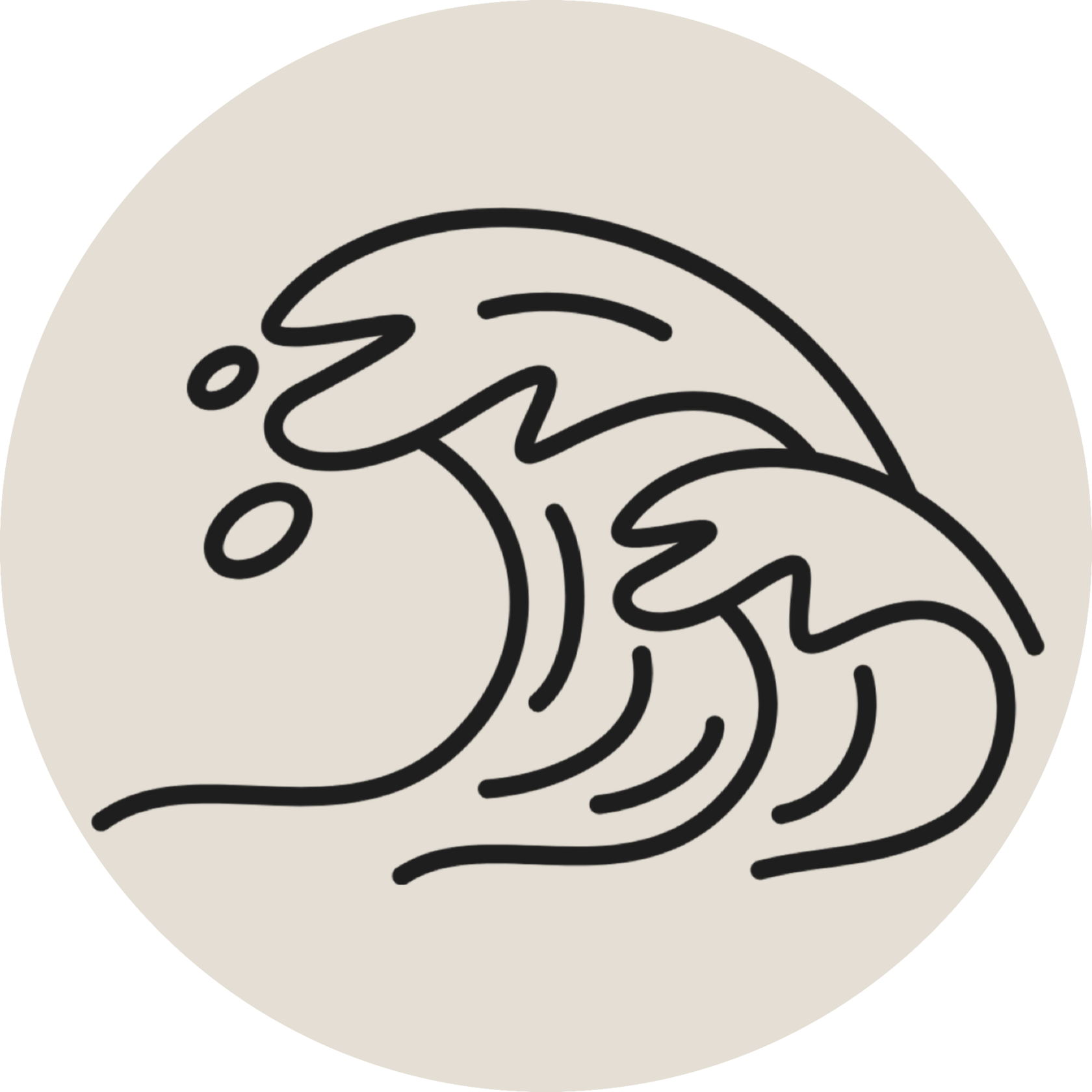dada
originating in the mid-1910s as a radical response to the chaos & destruction brought by World War I, in Zurich, Switzerland, at the Cabaret Voltaire — a gathering place for artists & intellectuals — Dada rejected the conventions of traditional art & the logic of modern society. It was defined by its anti-establishment ethos, embracing irrationality, absurdity, & spontaneity as a form of protest against the bourgeois values & nationalist ideologies that many believed had led to the war. Dada artists used non-traditional techniques & materials, including collage, assemblage, readymades, & performance art, to mock the pretensions of the art world & challenge established norms. This movement was less about aesthetic beauty & more focused on provoking thought, questioning the status quo, & confronting the viewer with the absurdity of existence.
Philosophically, Dada was a movement that embraced nihilism, anarchy, & a fundamental skepticism toward grand narratives & ideologies. This ideological framework allowed for a democratization of art where anything could be considered art & anyone could be an artist. Major figures of Dada, included Marcel Duchamp, Tristan Tzara & Hannah Höch, critiqued contemporary social & political structures. Dada’s legacy influenced subsequent movements such as Surrealism & Fluxus, & left a lasting impact on contemporary art through its emphasis on conceptual ideas over visual form.




Gallery










names
Gustave Courbet
Édouard Manet
Honoré Daumie

